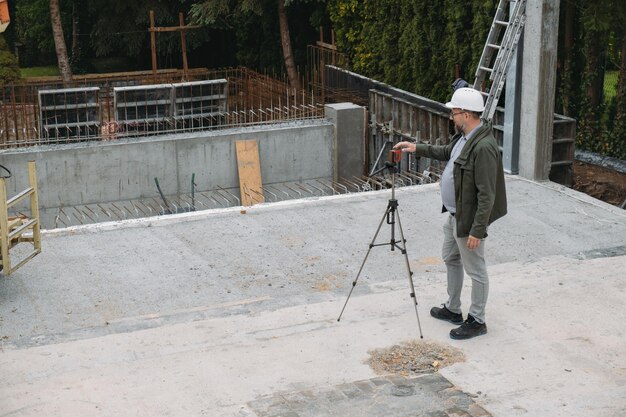Discovering Your Roof's Square Footage: A Step-by-Step Guide
When it comes to home maintenance, knowing how to calculate the square footage of your roof is a valuable skill. Whether you're planning a renovation, repairs, or simply trying to assess your property’s value, understanding this measurement is crucial. Here’s a clear roadmap on how to accomplish this task efficiently.
Step 1: Gather the Tools
Before you start, gather the necessary tools:
- Measuring tape or a laser distance measurer
- Ladder for safe roof access (always prioritize safety)
- Pencil and paper for notes
- Calculator for precise calculations
Having these tools at hand will simplify the process and prevent interruptions.
Step 2: Measure Your Roof's Dimensions
- Measure the length and width of each plane of your roof. If your roof is complex, with multiple sections, take measurements for each part separately.
- For gabled roofs, simply measure the base and use the length from eave to peak for each section.
- Don’t forget to note these measurements carefully as they will form the basis of your final calculations.
Step 3: Calculate the Square Footage
Here's where the arithmetic comes in:
- Multiply the length by the width for each section to find the area of that segment. For instance, if one section is 20 feet by 15 feet, its area is 300 square feet.
- If your roof is not a simple rectangular shape, divide it into smaller sections and calculate each area before adding them up.
- Sum all the areas you calculated to get the total square footage of your roof.
Step 4: Account for Roof Pitch
Roofs are rarely flat, and pitch affects the total surface area:
- Determine the roof pitch by measuring the rise over a 12-inch run (e.g., if it's a 4-inch rise, the pitch is 4/12).
- Use a pitch multiplier to adjust your total square footage calculation. For common pitches:
- 4/12 pitch: Multiply your total by 1.054
- 6/12 pitch: Multiply by 1.118
- 8/12 pitch: Multiply by 1.202
- 10/12 pitch: Multiply by 1.302
This step ensures your calculation reflects the true material requirement.
Enhancing Financial Savvy through Roof Projects
By determining your roof’s square footage, you've taken the first step toward informed home improvement decisions. This kind of proactive approach can save money and maximize your investment, aligning perfectly with financial assistance and education opportunities available to homeowners:
- Interested in government support for eco-friendly roofing? Consider energy-efficient grants or tax credits.
- Struggling with budgeting? Explore options for smart financing, like home equity loans or low-interest credit cards designed for home improvement.
- For larger projects, research local government aid programs that might subsidize renovations or offer low-interest loans.
Taking the time to research and utilize these resources can make your home improvement projects more affordable and financially beneficial.
Explore Financial Assistance Options
Here are some programs and tools that can support your roofing project financially:
- 🏠 Energy-Efficiency Grants: Available through various government agencies for eco-friendly upgrades.
- 💳 Credit Card Solutions: Consider credit cards with rewards or low-interest rates for financing improvements.
- 🎓 Educational Webinars: Learn about home maintenance and related financial strategies through online courses.
- ☂️ Roofing Insurance Policies: Review or upgrade your policy to ensure coverage for renovations and repairs.
- 💡 Home Equity Loans: Utilize these loans for larger renovations at generally lower interest rates.
Knowledge is power—and can lead to significant savings and enhanced home value. Use this information to not only trim costs but also elevate your home improvement strategies to a new level.
